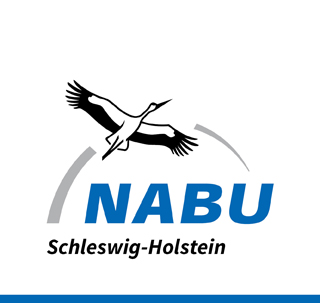Der NABU ist aktiv, um unser Naturerbe zu erhalten. Damit Sie auch weiterhin heimische Tiere und Pflanzen erleben können, braucht der NABU Ihre Unterstützung - am Besten noch heute!
Jetzt Mitglied werden!Ecotoxicology in a Coral Ecosystem from Substances Leaching from Dumped Ammunition at Isla de Vieques, Puerto Rico, and Modern Advancements in Trace Level Detection Instrumentation
MIREMAR - Conference
James Barton, Underwater Ordnance Recovery Inc., Norfolk / USA
Abstract
Research conducted by Underwater Ordnance Recovery with the assistance of the University of Georgia at the US Navy’s bombing range on Vieques Island, Puerto Rico, sought to determine whether there was an elevated radiological signature associated with an area shipwreck that in 1958 had been subjected to atom bomb blast testing in the South Pacific.
Using this opportunity to access conventional munitions found at the site, I directed a parallel course of study to map the toxicological footprint of a nearby 2,000 Lb. old style general purpose bomb. The focus of today’s presentation is on the toxicological footprint associated with this bomb.
The complete findings of our research were presented in “Radiological, Chemical, and Environmental Health Assessment of the Marine Resources of the Isla de Vieques Bombing Range, Bahia Salina del Sur, Puerto Rico – March 8, 2004”, which is available upon request.
Water, sediment, and fauna samples tested positive for trace amounts of explosives at the following distances:
- Approximately one meter for water
- Approximately two meters for sediment and fauna.
Significantly, visual observations of corals indicated they were under stress at a greater distance than that which our laboratory analysis was able to detect.
Our inability to detect trace level amounts of munitions constituents at concentrations which are apparently still harmful to corals supports two conclusions:
The ecotoxicology of substances leaching from dumped conventional ammunition is greater than what typical analytical methodology can detect. There is a need to improve the sensitivity of trace level detection instrumentation.
Recent advancements in trace level detection instrumentation are exemplified in a US Sandia National Laboratories study called, “Chemical Sensing of Explosive Targets in the Bedford Basin, Halifax Nova Scotia; November, 2001”. The objective of this work was to develop a field portable chemical sensing system that can be used to examine mine-like objects (MLO) and UXO to determine whether there are traces of explosives associated with these objects. This sampler utilizes a flow-through chamber that contains a solid phase microextraction (SPME) fiber to extract and concentrate the explosive molecules. Explosive molecules are then thermally desorbed from the concentrator for rapid desorption into an ion-mobility spectrometer (IMS) for identification. This chemical sensing system is capable of sub-part-per-billion detection of TNT and related explosive compounds, and parts-per-quadrillion of other compounds. It can take as little as thirty seconds to acquire results. One of the munitions examined was a WWI era six inch projectile which appeared fully intact. Positive readings for explosives were detected up to three meters from the source.
These results indicate that in at least some instances, small sized munitions dating from WWI are still capable of contaminating marine habitats.
The use of such technology promises to revolutionize our ability to quantify trace levels of toxicants by providing virtually instantaneous results, and thus greatly reduce costs.
Contact
James Barton
UOR Underwater Ordnance Recovery, INC.
P.O. Box 14003
Norfolk , VA 23518, USA
Tel. 001-757-451-8545
Jamesbarton(at)uwuxo.com

